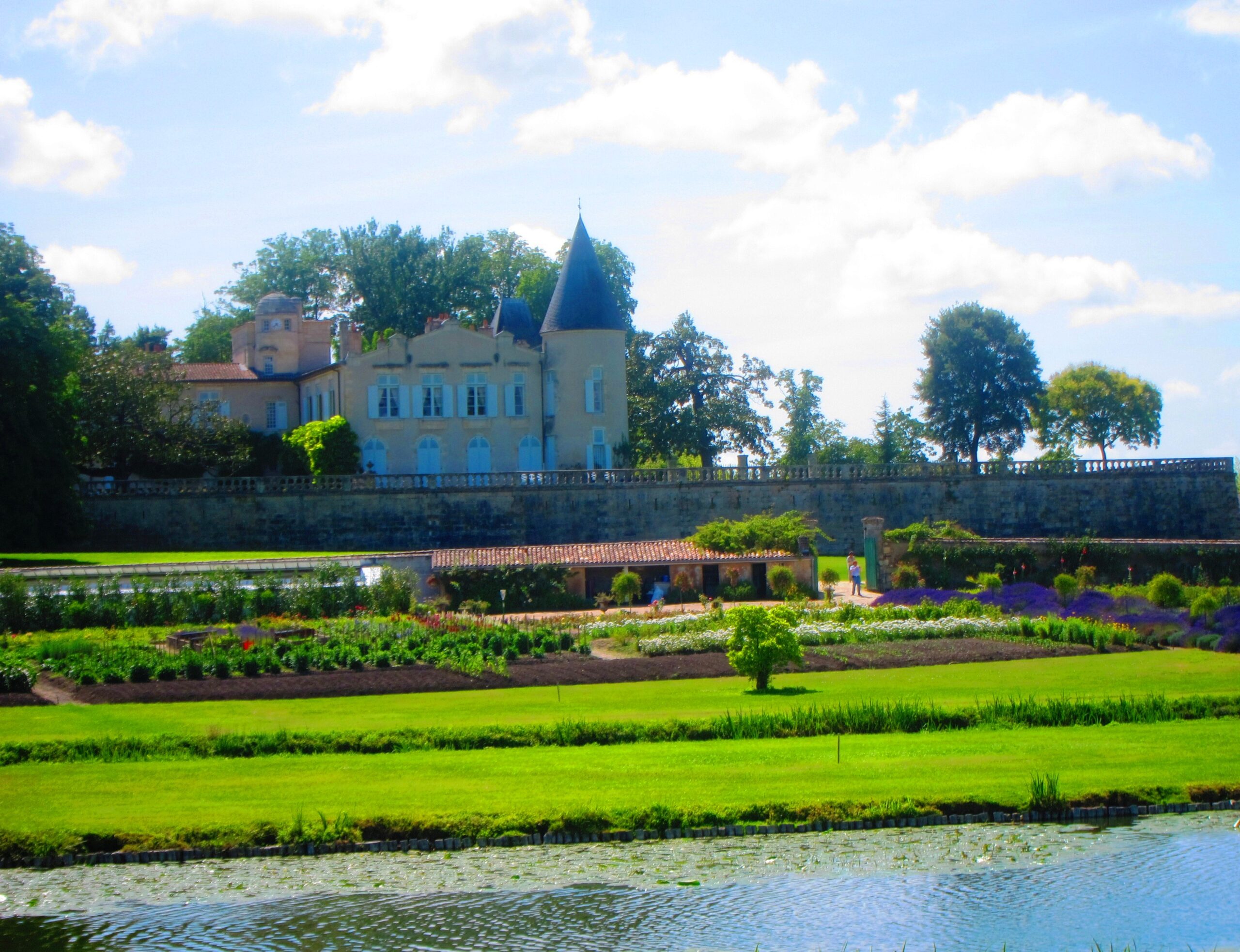1995 Château Lafite Rothschild Pauillac Bordeaux France Wine Tasting Note
17177 Views
|
1995
Château Lafite Rothschild (Pauillac)
Medium bodied with a strict, tannic edge, the nose is there, but on the palate, the wine falls short for a First Growth that sells for this much money. There is a good purity in the fruit, but the rustic edge to tannins really shows. I'd be a seller not a buyer of this vintage. 7,672 Views Tasted May 6, 2018Overcoming many of the issues having to do with severe tannins found in several wines from 1995, the nose offers its cassis, tobacco, cedar chest, spice and earthy aromatics with only a short decanting. More air is needed for the wine to soften and deliver its elegant, refined, fresh, mineral driven, bright, earthy, spicy red fruit charm. At 22 years of age this is still youthful, but it has entered its secondary phase. The wine was made from a blend of 74% Cabernet Sauvignon, 18% Merlot and 8% Cabernet Franc. A large part of the reason this wine was so successful is due to the severe sorting that took place, as only 30% of the harvest was used in the Grand Vin. 9,505 Views Tasted Jan 3, 2017 |

When to Drink Chateau Lafite Rothschild, Anticipated Maturity, Decanting Time
Chateau Lafite Rothschild is not a wine to drink on the young side. The wine is usually far too tannic and reserved in its youth. Young vintages can be decanted for an average of 3-6 hours, give or take. This allows the wine to soften and open its perfume.
Older vintages might need very little decanting, just enough to remove the sediment. Chateau Lafite Rothschild is usually better with at least 15 years of bottle age. Of course, that can vary slightly, depending on the vintage character. Chateau Lafite Rothschild offers its best drinking and should reach peak maturity between 15 and 60 years of age after the vintage.
Serving Chateau Lafite Rothschild with Wine and Food Pairings
Chateau Lafite Rothschild is best served at 15.5 degrees Celsius, 60 degrees Fahrenheit. The cool, almost cellar temperature gives the wine more freshness and lift.
Chateau Lafite Rothschild is best paired with all types of classic meat dishes, veal, pork, beef, lamb, duck, game, roast chicken, roasted, braised, and grilled dishes. Chateau Lafite Rothschild is also good when matched with Asian dishes, rich fish courses like tuna, salmon, mushrooms, and pasta.
Chateau Lafite Rothschild is the most elegantly styled of the three First Growths from Pauillac. But do not confuse the term elegant with light.┬ĀChateau Lafite is perhaps the most aromatic of the First Growths as well, with a perfume that fills the air with cedar, cassis, spice, tobacco, truffle, lead pencil, dark, red berries, and earthy notes.
In the best vintages, the wine requires decades to develop to its full potential. Trust me on this, it is worth the wait!
Lafite Rothschild is also involved in several diverse wine investments in countries outside of France. Vina Los Vascos in Chile was their first venture outside of Bordeaux, where they make several red and white wines primarily from Coloagua Chile.
In 1999, they joint ventured with the Catena family in Mendoza, Argentina to produce Bodegas Caro.
Continuing to expand, in 1999, they purchased Domaine dŌĆÖAussieres in the Languedoc-Roussillon appellation, located just below the Southern Rhone Valley. Their first move to Asia came in 2011 when they planted vines in the Penglai Peninsula in the Shandong Province in China. The vineyards were planted by Cabernet Sauvignon and Syrah.
Since 1995, the DBR group has also produced "The Collection," which is a series of generic, low-priced wines from various Bordeaux appellations sold under the name of Legende.

